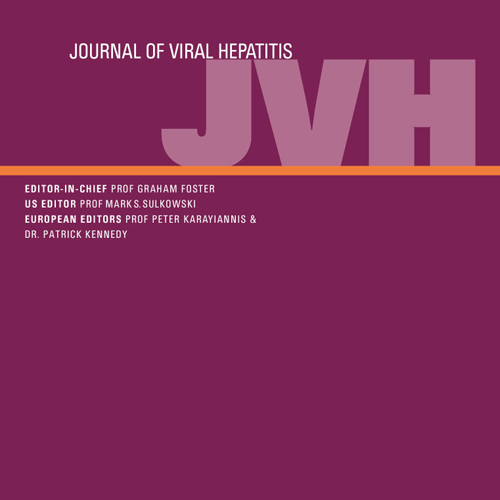Summary
Collaborators
New Paradigm of HCV Therapy Meeting Participants: Nezam H Afdhal, Rachel Baden, Cynthia Beam, Julie Krop, Clifford Brass, David Brumley, Laurent Castera, Daniel Church, Alfred DeMaria Jr, Kevin Cranston, Lynda Dee, Arnold Doyle, Julia Engstrom-Melnyk, Michael Fried, Camilla Graham, Michael Wong, William Guyer, John G McHutchison, Joe Steele, William Symonds, Ira M Jacobson, Alain Litwin, Anthony Martinez, Andrew Talal, Henry Masur, Douglas Mayers, Ronald C Renaud Jr, Shruti H Mehta, Andrew Muir, Christopher J Myatt, Stanley J Naides, Rick Pesano, William O’Brien, Christos J Petropoulos, Gastón R Picchio, Thierry Poynard, Avi Prabhakar, Kellie A Rademacher, Homie Razavi, Gary Rice, Robert Schooley, David Wyles, Joseph Sebastian, Bryce D Smith, John Ward, Mark Sulkowski, David Thomas, Chris Taylor, Stefan Zeuzem
Abstract
Emerging data indicate that all-oral antiviral treatments for chronic hepatitis C virus (HCV) will become a reality in the near future. In replacing interferon-based therapies, all-oral regimens are expected to be more tolerable, more effective, shorter in duration and simpler to administer. Coinciding with new treatment options are novel methodologies for disease screening and staging, which create the possibility of more timely care and treatment. Assessments of histologic damage typically are performed using liver biopsy, yet noninvasive assessments of histologic damage have become the norm in some European countries and are becoming more widespread in the United States. Also in place are new Centers for Disease Control and Prevention (CDC) initiatives to simplify testing, improve provider and patient awareness and expand recommendations for HCV screening beyond risk-based strategies. Issued in 2012, the CDC recommendations aim to increase HCV testing among those with the greatest HCV burden in the United States by recommending one-time testing for all persons born during 1945-1965. In 2013, the United States Preventive Services Task Force adopted similar recommendations for risk-based and birth-cohort-based testing. Taken together, the developments in screening, diagnosis and treatment will likely increase demand for therapy and stimulate a shift in delivery of care related to chronic HCV, with increased involvement of primary care and infectious disease specialists. Yet even in this new era of therapy, barriers to curing patients of HCV will exist. Overcoming such barriers will require novel, integrative strategies and investment of resources at local, regional and national levels.
Countries: United States

